3,670cc DOHC Inline 6-Cylinder Engine Twin SU Carburetors 240bhp at 5,500rpm 4-Speed Manual Transmission Front Independent Suspension – Live Rear Axle 4-Wheel Disc Brakes *Original, left hand drive example *The 1962 New York Show Car *Delivered new to Ohio *Documented by copies of factory records THE ASTON MARTIN DB4 "When the products which are raced bear such a close resemblance to those which can be bought by the public, as do those of Aston Martin, only the most biased can deny the value of racing in improving the breed. It should be no surprise (that the DB4) should be based on an engine which first appeared in experimental form in some of last year's races." - The Autocar, October 3, 1958 Classically proportioned and instantly recognizable from the moment of its introduction, the Touring-styled Aston Martin DB4 established a look that would survive, with only minor revisions, until 1970. At its launch in October 1958, the DB4 marked a major turning point for Aston Martin as it was the first car of the David Brown era which neither used a chassis derived from the experimental Atom of 1939 nor an engine designed at Lagonda under the auspices of W O Bentley. Moreover, it was the first Aston Martin to carry Carrozzeria Touring's 'Superleggera' bodywork, in which light alloy panels were fixed to a framework of light-gauge steel tubes welded to a platform chassis. Although styled by Touring, the DB4's gorgeous fastback coachwork was built under license at Newport Pagnell by Aston Martin, which employed some of the finest panel beaters in the industry. The result was a car whose sleek lines were described as 'unmistakably Italian and yet... equally unmistakably Aston Martin.' First seen at Le Mans the previous year in the DBR2, the 3.7-liter, six-cylinder, double-overhead camshaft engine was the work of renowned engineer Tadek Marek, while the gearbox was a new David Brown four-speed all-synchromesh unit. An immensely strong platform-type chassis, designed by Harold Beach, replaced the preceding DB2/4's multi-tubular spaceframe, the latter being considered incompatible with Touring's Superleggera body construction. Handling was much improved, the DB2/4's trailing-link independent front suspension gave way to unequal-length wishbones while at the rear the DB4 sported a live axle located by a Watts linkage instead of its predecessor's Panhard rod. Boasting disc brakes all round and with 240bhp on tap, the DB4 was the first production car capable of accelerating from a standing start to 100mph and back to rest again in under 30 seconds. At a time when few family saloons were capable of exceeding 70mph and took an age to get there, this staggering performance made the DB4 just about the fastest thing on the road, easily the equal of its Italian rivals. Manufactured between October 1958 and June 1963, the DB4 developed through no fewer than five series. The first had already undergone a number of improvements, including the fitting of heavy-duty bumpers after the first 50 cars, before the second series arrived in January 1960. A front-hinged bonnet, bigger brake calipers, and an enlarged sump were the major changes on the Series II, while the third series featured separate rear lights, two bonnet stays, and a host of improvements to the interior fittings. The fourth series was readily distinguishable by its new grille (with seven vertical bars), shallower bonnet intake, and recessed rear lights, while the final (fifth) series manufactured between September 1962 and June 1963 was built on a 3.5" longer wheelbase (allowing for increased leg room and a larger trunk) and gained 15" wheels, an electric radiator fan and the DB4GT-type instrument panel. THE MOTORCAR OFFERED This DB4 was delivered new just after Thanksgiving in late November 1961. Ordered new by Cyrus L. Fulton of Lancaster, Ohio through U.S. importer J.S. Inskip, the car was earmarked in the factory records as the New York Show Car. Finished in Fiesta Red over Fawn Connoll
3,670cc DOHC Inline 6-Cylinder Engine Twin SU Carburetors 240bhp at 5,500rpm 4-Speed Manual Transmission Front Independent Suspension – Live Rear Axle 4-Wheel Disc Brakes *Original, left hand drive example *The 1962 New York Show Car *Delivered new to Ohio *Documented by copies of factory records THE ASTON MARTIN DB4 "When the products which are raced bear such a close resemblance to those which can be bought by the public, as do those of Aston Martin, only the most biased can deny the value of racing in improving the breed. It should be no surprise (that the DB4) should be based on an engine which first appeared in experimental form in some of last year's races." - The Autocar, October 3, 1958 Classically proportioned and instantly recognizable from the moment of its introduction, the Touring-styled Aston Martin DB4 established a look that would survive, with only minor revisions, until 1970. At its launch in October 1958, the DB4 marked a major turning point for Aston Martin as it was the first car of the David Brown era which neither used a chassis derived from the experimental Atom of 1939 nor an engine designed at Lagonda under the auspices of W O Bentley. Moreover, it was the first Aston Martin to carry Carrozzeria Touring's 'Superleggera' bodywork, in which light alloy panels were fixed to a framework of light-gauge steel tubes welded to a platform chassis. Although styled by Touring, the DB4's gorgeous fastback coachwork was built under license at Newport Pagnell by Aston Martin, which employed some of the finest panel beaters in the industry. The result was a car whose sleek lines were described as 'unmistakably Italian and yet... equally unmistakably Aston Martin.' First seen at Le Mans the previous year in the DBR2, the 3.7-liter, six-cylinder, double-overhead camshaft engine was the work of renowned engineer Tadek Marek, while the gearbox was a new David Brown four-speed all-synchromesh unit. An immensely strong platform-type chassis, designed by Harold Beach, replaced the preceding DB2/4's multi-tubular spaceframe, the latter being considered incompatible with Touring's Superleggera body construction. Handling was much improved, the DB2/4's trailing-link independent front suspension gave way to unequal-length wishbones while at the rear the DB4 sported a live axle located by a Watts linkage instead of its predecessor's Panhard rod. Boasting disc brakes all round and with 240bhp on tap, the DB4 was the first production car capable of accelerating from a standing start to 100mph and back to rest again in under 30 seconds. At a time when few family saloons were capable of exceeding 70mph and took an age to get there, this staggering performance made the DB4 just about the fastest thing on the road, easily the equal of its Italian rivals. Manufactured between October 1958 and June 1963, the DB4 developed through no fewer than five series. The first had already undergone a number of improvements, including the fitting of heavy-duty bumpers after the first 50 cars, before the second series arrived in January 1960. A front-hinged bonnet, bigger brake calipers, and an enlarged sump were the major changes on the Series II, while the third series featured separate rear lights, two bonnet stays, and a host of improvements to the interior fittings. The fourth series was readily distinguishable by its new grille (with seven vertical bars), shallower bonnet intake, and recessed rear lights, while the final (fifth) series manufactured between September 1962 and June 1963 was built on a 3.5" longer wheelbase (allowing for increased leg room and a larger trunk) and gained 15" wheels, an electric radiator fan and the DB4GT-type instrument panel. THE MOTORCAR OFFERED This DB4 was delivered new just after Thanksgiving in late November 1961. Ordered new by Cyrus L. Fulton of Lancaster, Ohio through U.S. importer J.S. Inskip, the car was earmarked in the factory records as the New York Show Car. Finished in Fiesta Red over Fawn Connoll



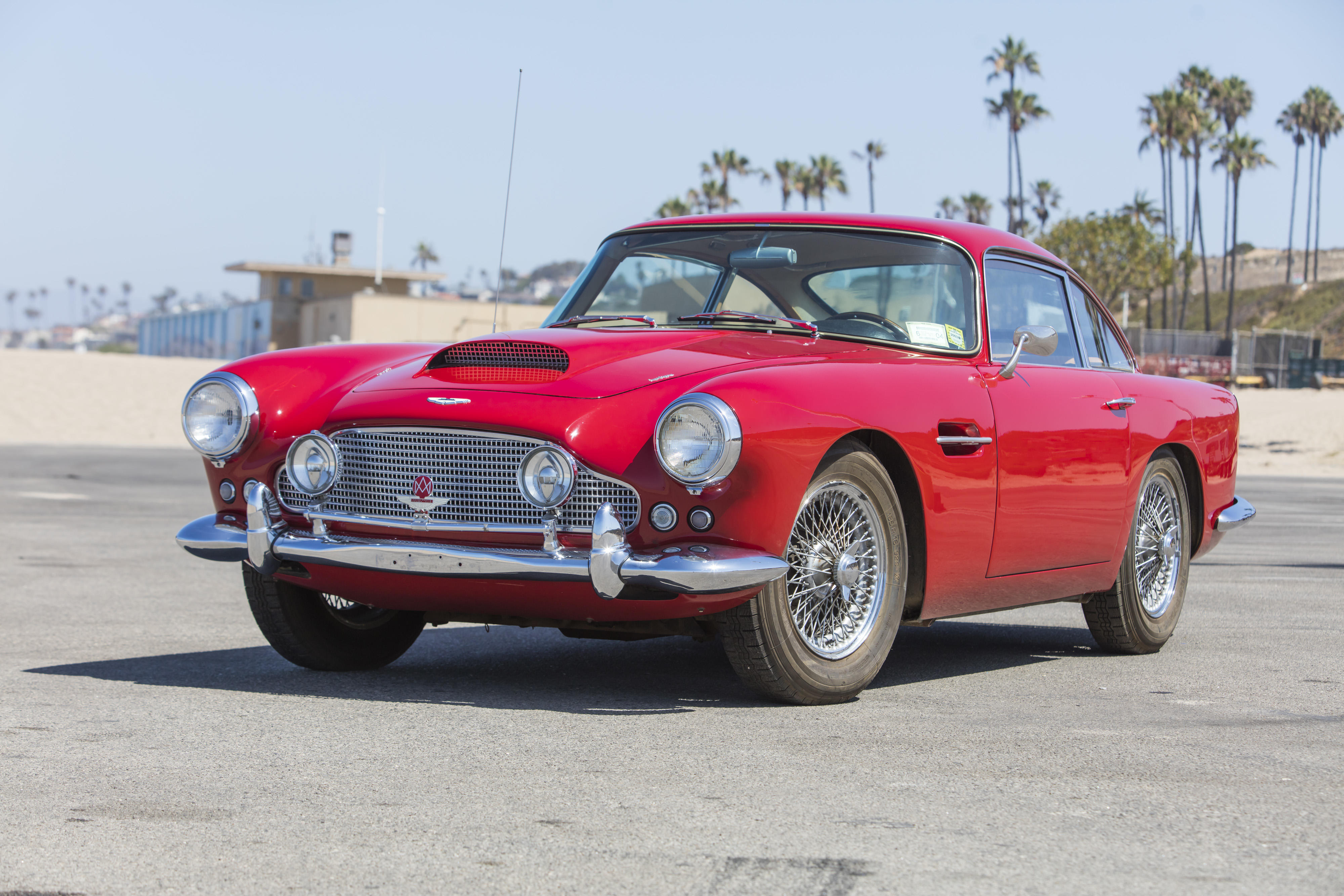
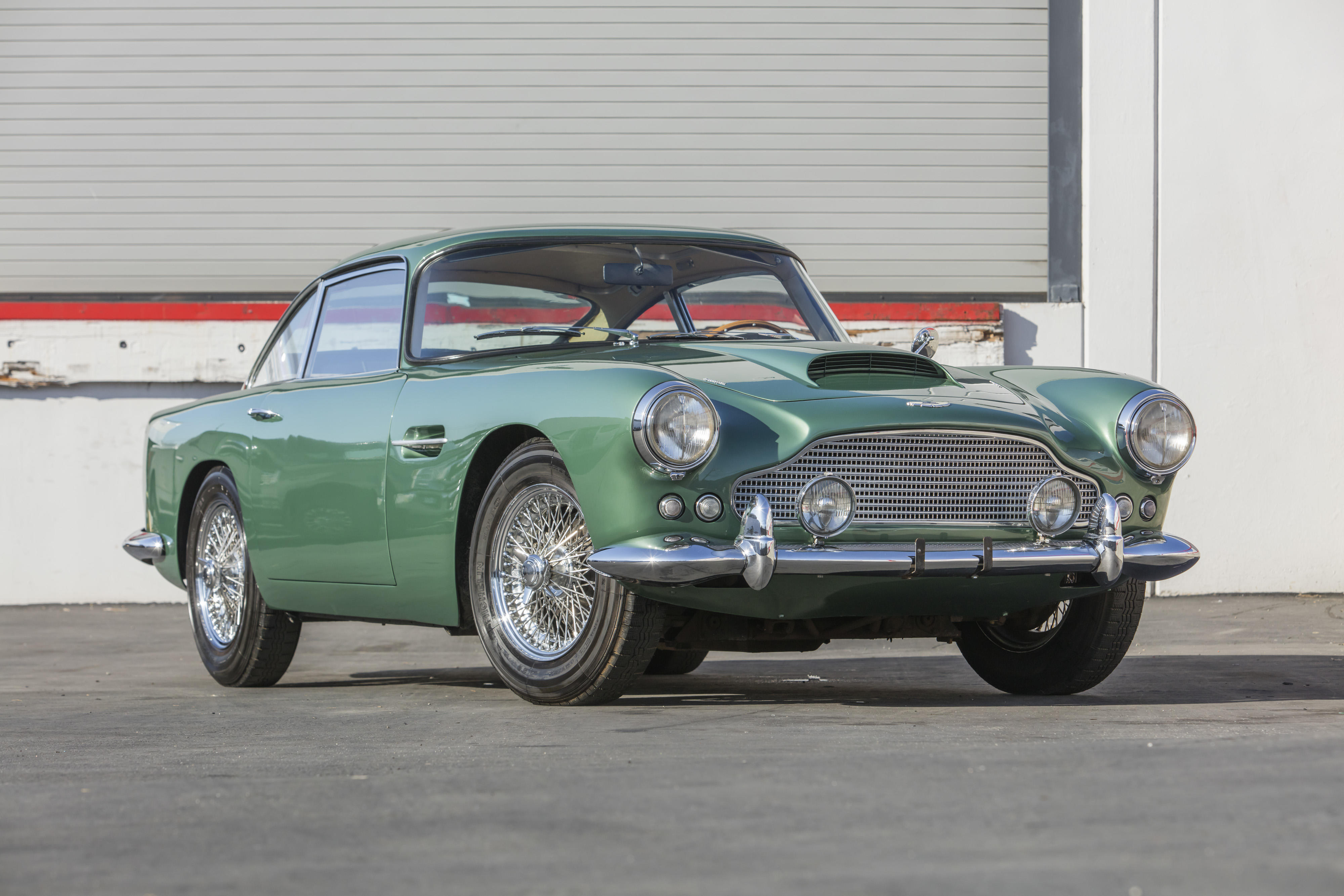



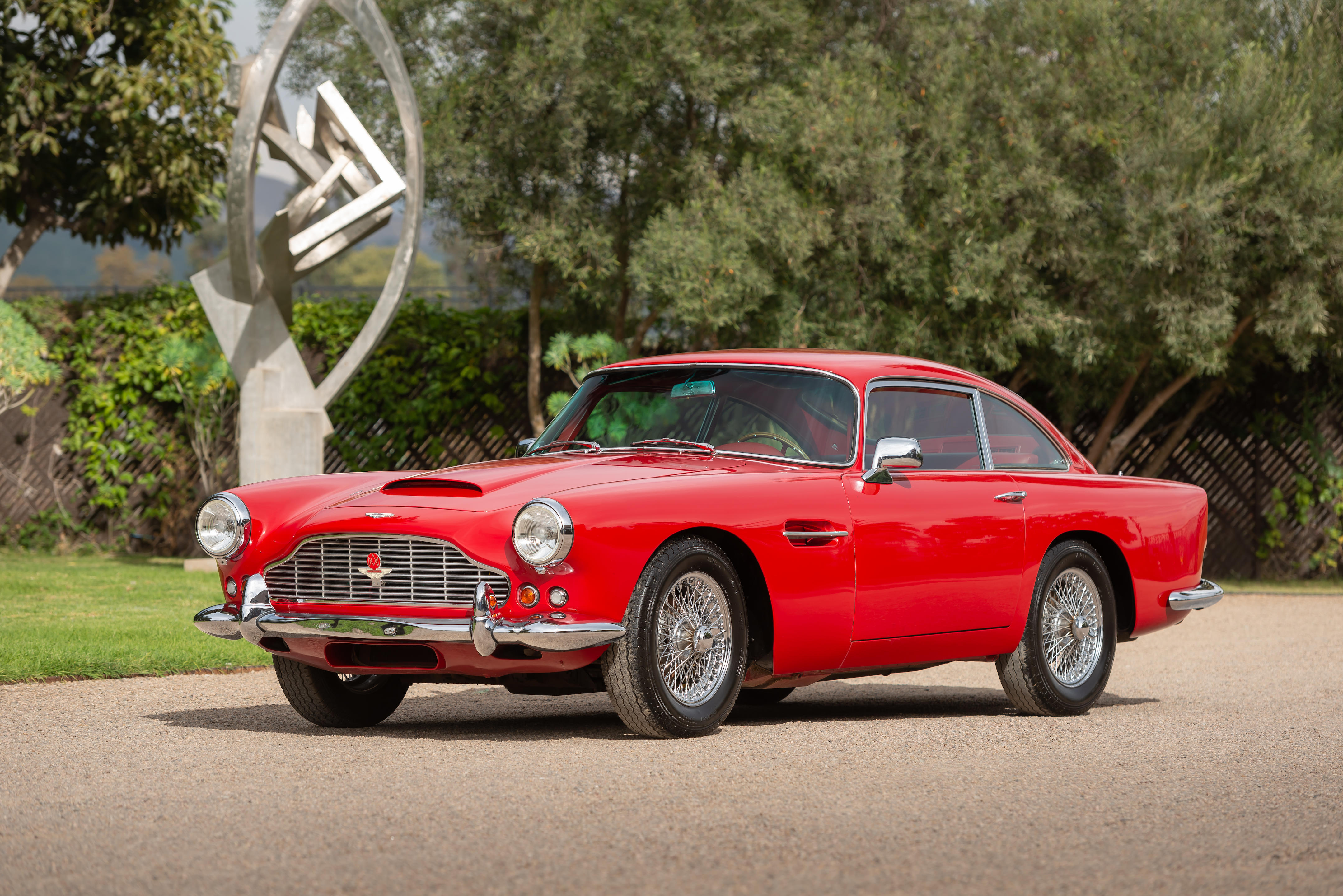
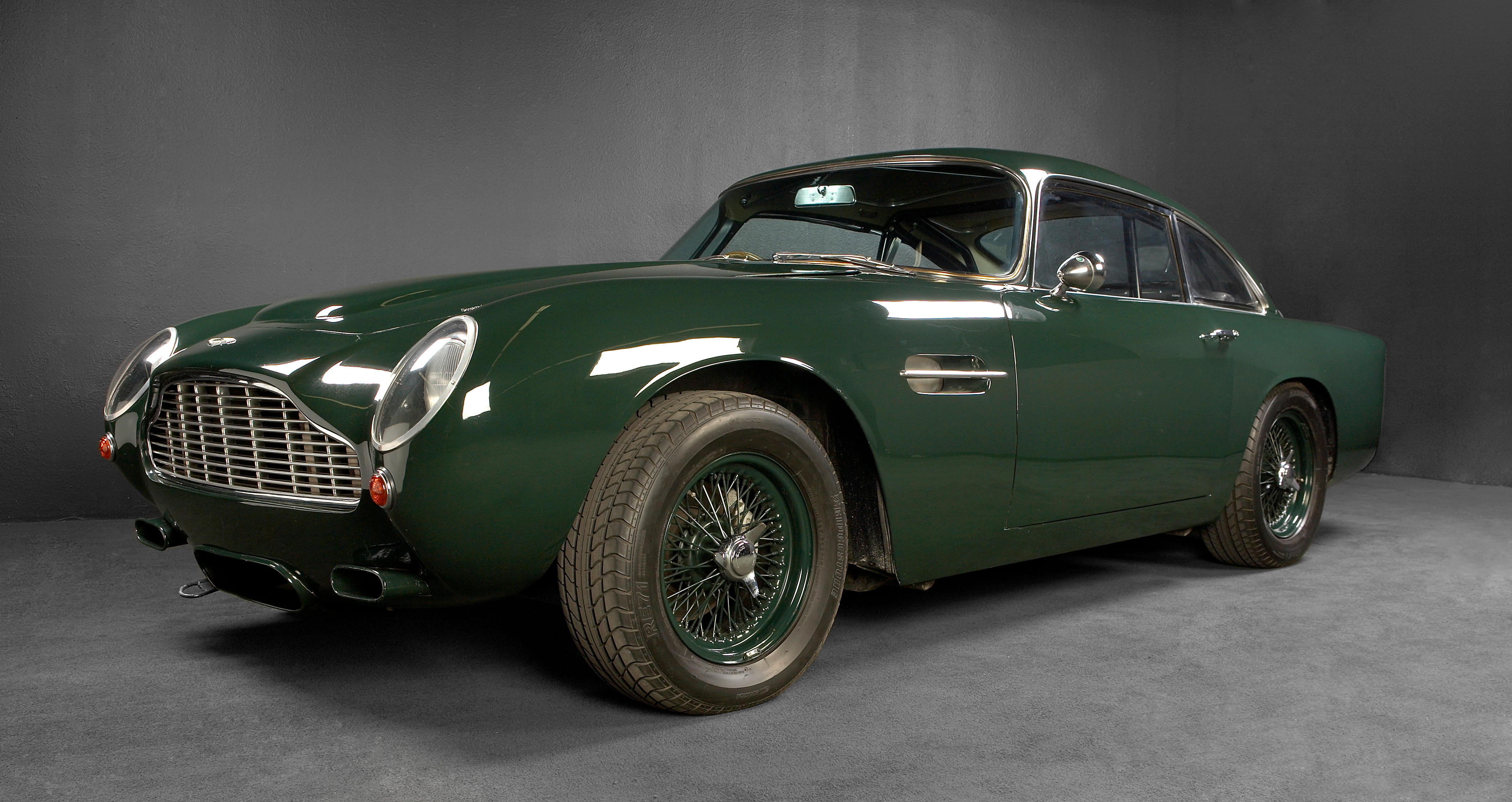

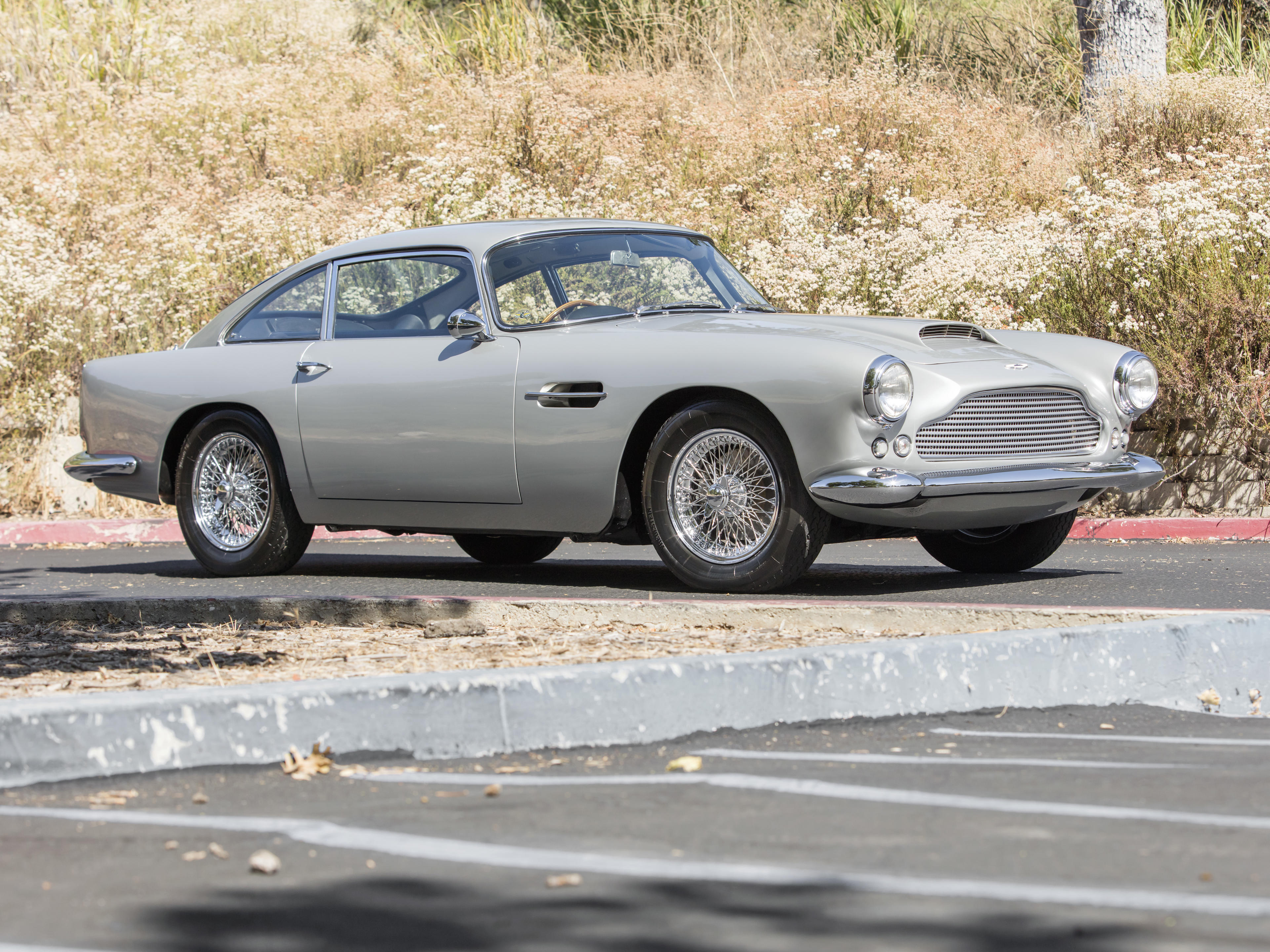
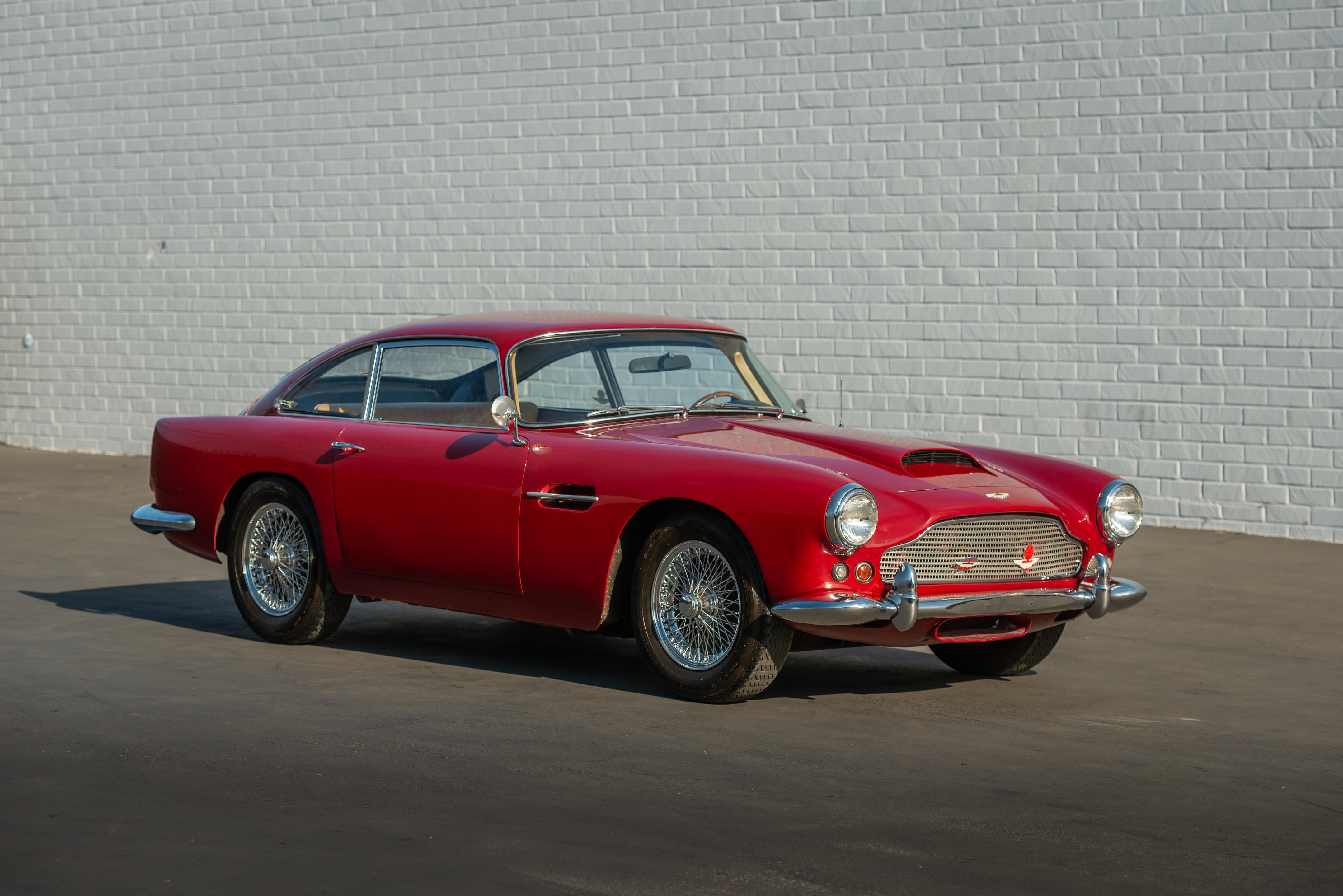
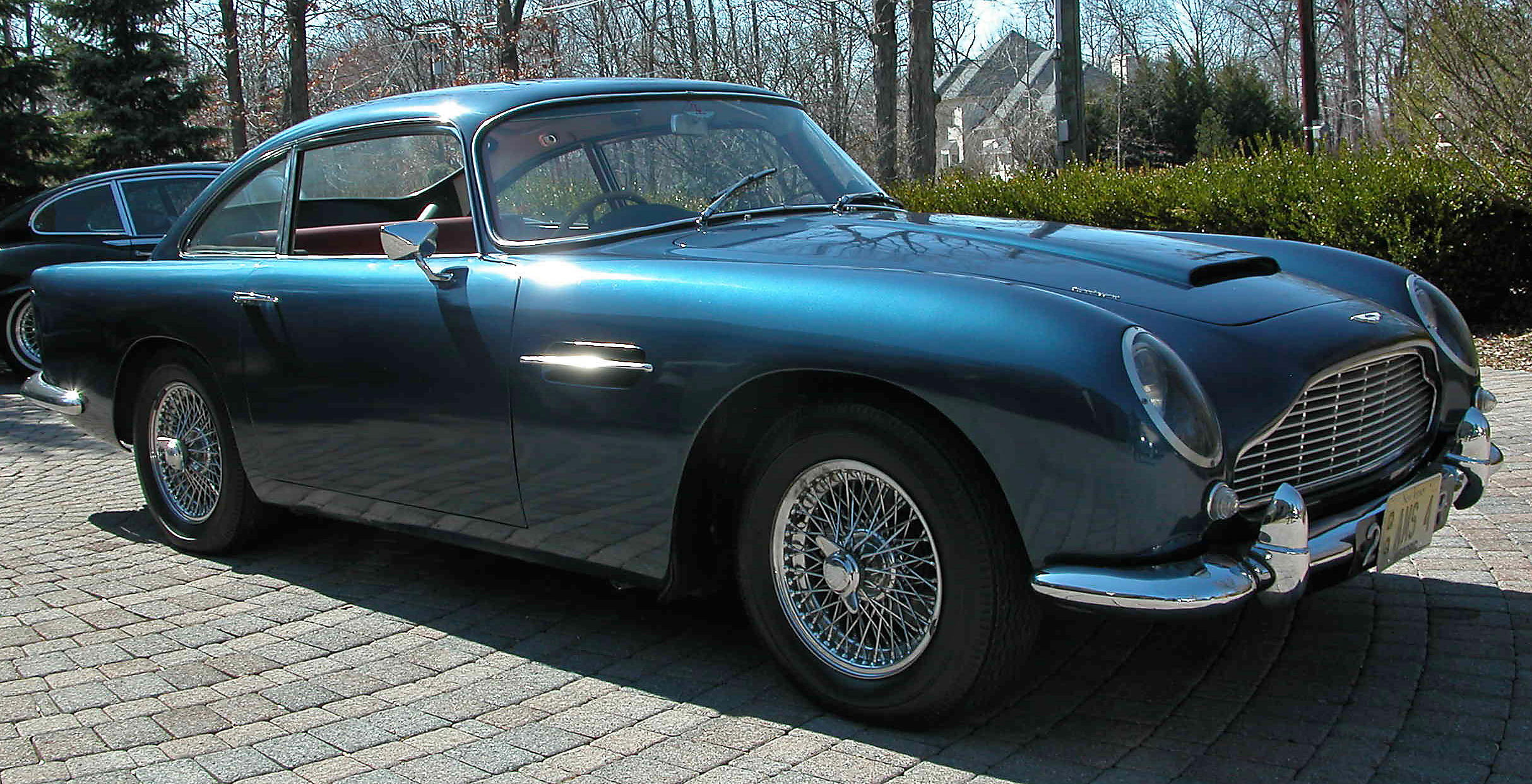
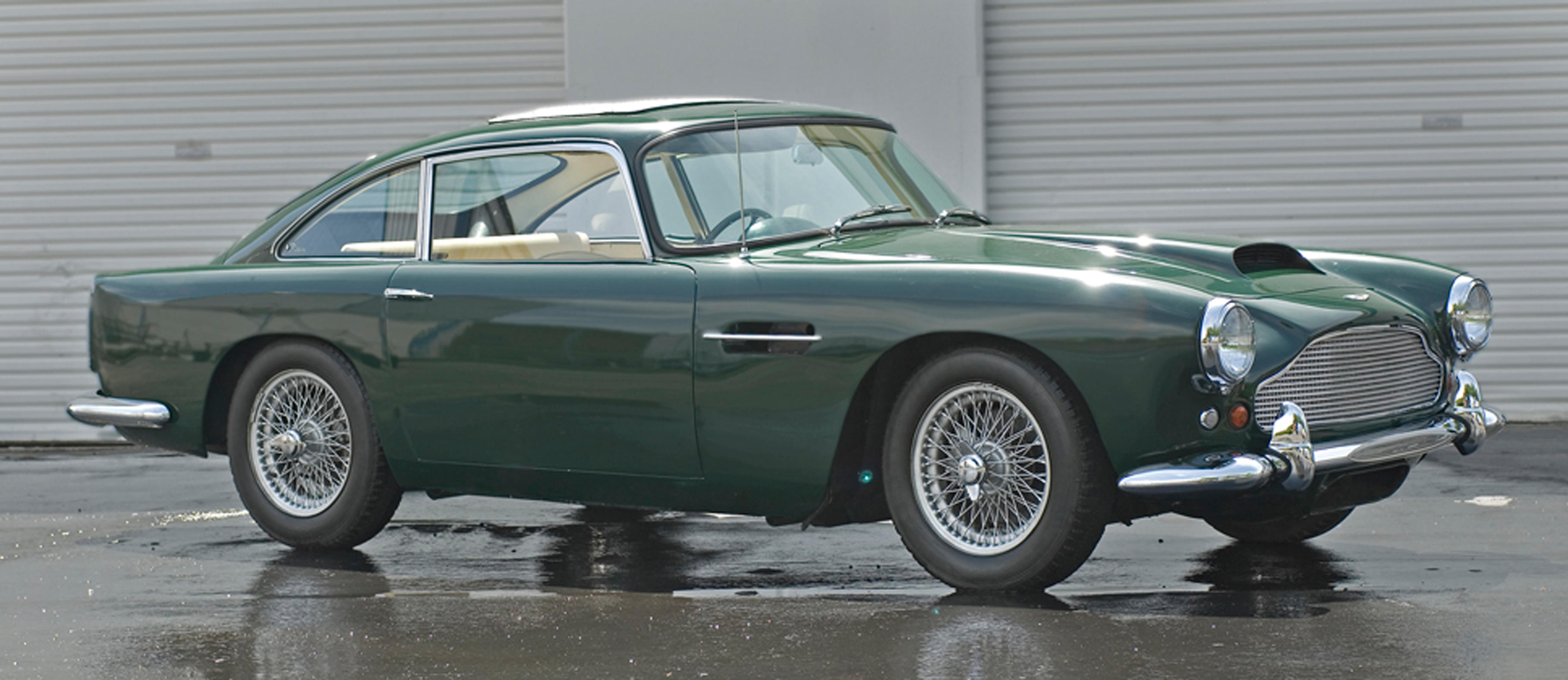
Testen Sie LotSearch und seine Premium-Features 7 Tage - ohne Kosten!
Lassen Sie sich automatisch über neue Objekte in kommenden Auktionen benachrichtigen.
Suchauftrag anlegen